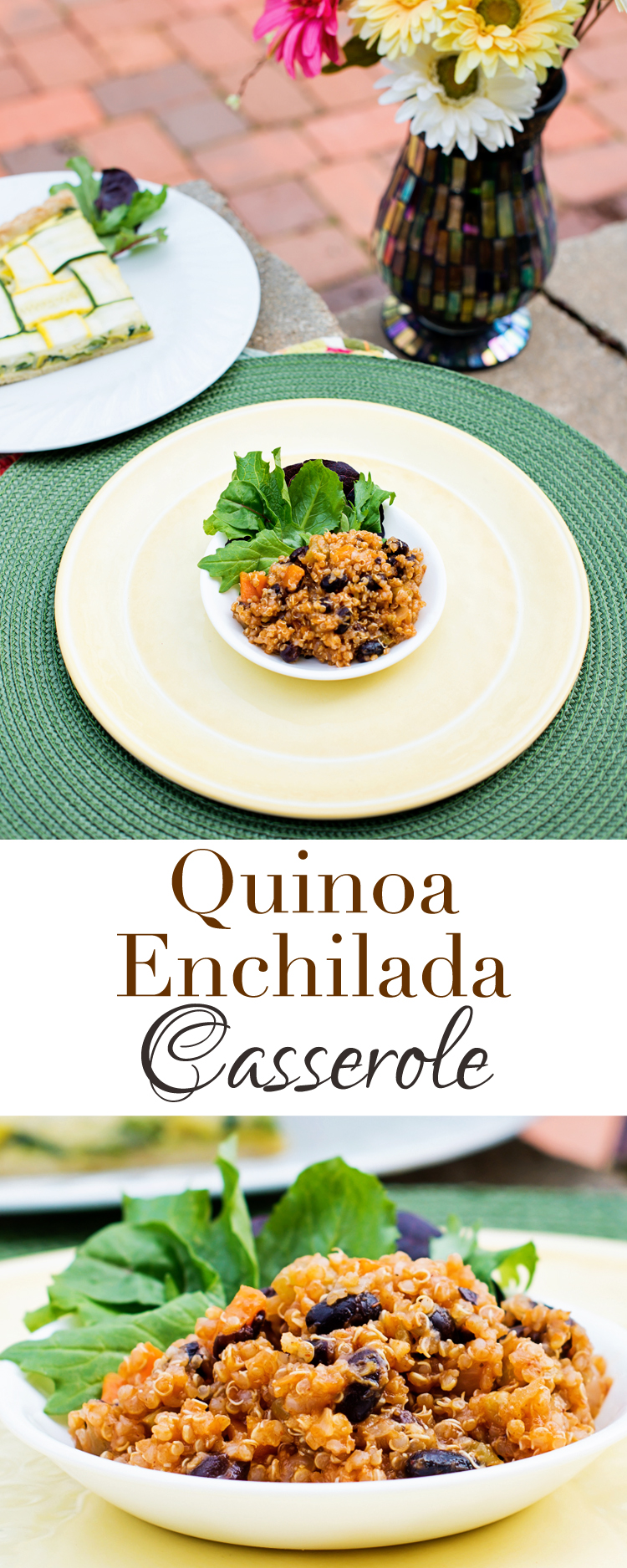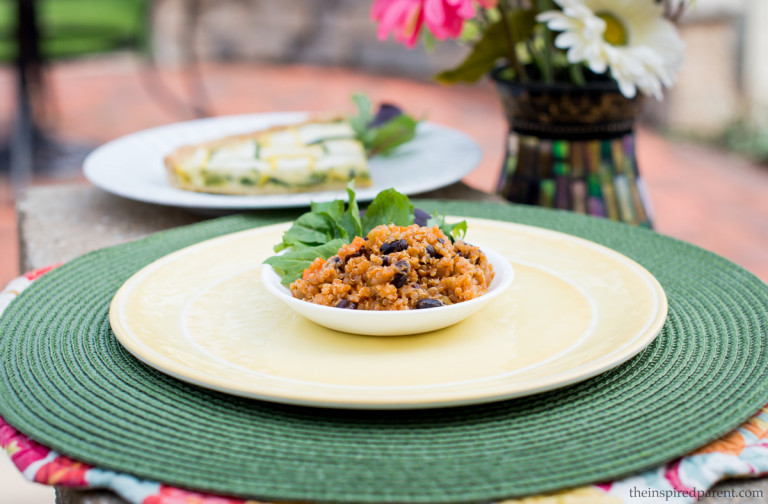‘Tis the season for festivals, summer events, outdoor concerts & breathtaking fireworks displays that go hand-in-hand with summer nights. While those are all awesomely fun, my favorite part is capturing amazing photos of the fireworks.
When researching how to take the best photos of fireworks you’ll find information about taking them with a point-and-shoot style camera or your phone (where most people suggest using the “Fireworks” mode that is likely one of the built-in settings), but if you’re looking to step up your game a bit and happen to have a D-SLR, that’s when the fun truly begins!
First of all, if you have a D-SLR, for all that is good in the world, do not shoot on Auto. If you haven’t already done so, take a basic photography class so you can learn how your camera works & what the settings mean. A lot of people think “hey, I have a nice camera so now I can take nice pictures.” Even the nicest cameras can produce crappy pictures if you rely on the Auto setting and act as if it’s just a fancy point-and-shoot camera. Learning your equipment and some photography basics will greatly improve your images and that is the ultimate starting point. If you’re going to spend thousands of dollars on a nice camera body and solid lenses, then be sure to invest in a few classes! You’ll be so happy that you did!
Off my soapbox and on to shooting fireworks!

Many of the guides you’ll find online suggest using a tripod, shooting with a low ISO of 200 or so, with an aperture ranging between f/8 to f/11 and using a longer exposure time of a second or two. Shots using that method will give you some lovely blurring effects. That said, there are times when I don’t want to haul my tripod along (or certain venues where they aren’t allowed) and other times where I want to stop the action without as much blur, depending on the style of shot I wish to produce.
Without using a tripod you can still get stunning shots of fireworks by holding your D-SLR in hand, as long as you tweak a few things in camera and then tweak a few more simple things during post-processing.
The Basics:
Several details come into play as far as the settings to use — how much ambient light is nearby, how close you are to the action, what camera body you’re using and which lens. You’ll need to do some instant fine-tuning during any fireworks show, so it is vital that you know your equipment and understand your settings. For years, I’ve shot in Manual for everything, as well as in RAW format. That gives me the most control over what I’m shooting and the way I handle noise reduction and other levels during post-processing. Since I shoot RAW, I generally keep my white balance on auto since I can always tweak things in post.
Using examples from the last two years of some images I captured on the 4th of July (two different locations), all were shot without a tripod by handholding a Nikon D600 using either a Nikkor 50mm f/1.4G lens or a Nikkor 17-35mm f/2.8D lens.
My ISO for all of the shots ranged from 2000 to 6400 with most at 6400. For the super bright shots at the end of the shows where a gazillion fireworks were being blown off at once, I would lower my ISO or adjust my aperture or shutter speed. I typically kept my aperture between f/4.5 to f/5.6 with my shutter speed around 1/100 of a second. This stopped some of the action but left slight blurring at times, and gave me the effect I was looking for based on my style of shooting.
General Composition & Focus:
I used a combination of auto-focus and manual focus, depending on the situation. Some of my favorite shots ended up having the outlines of the audience in the frame — I liked the extra bit of visual interest. For those particular images, the people were seated on a slight hill, maybe 6-8 feet higher than where I was sitting. For most of those shots, I was shooting horizontally to capture the people on the hill. For some of the others, I shot vertically to capture the fireworks that were exploding a bit higher in the sky.
Post-Processing:
After downloading these particular photos, I handled my RAW processing in Lightroom to take care of my noise reduction, tweaking the sliders for blacks & shadows (making them a hair darker) and on a few of the bright ones, very lightly tweaking the sliders for whites & highlights. After that, I exported the shots to Photoshop to do any minor levels work & to perfect the sharpening on those I planned to print. Ultimately, these were very minimally processed — no major bells and whistles as I did my best to get everything as close to perfect in-camera.
Final Reminders & Tips:
1. This may seem obvious, but make sure your batteries are charged and you have lots of room on your memory card(s). The luxury of digital photography is that you can shoot a gazillion images and easily delete the not-so-great ones (which would be quite expensive if you were shooting tons of shots & paying for the film to be developed, only to have a few keepers).
2. Know your equipment. Whether point-and-shoot or D-SLR, learn your equipment so you know how to quickly change your settings on-the-fly. You don’t want to miss the action by staring at your camera trying to figure out how to tweak things. This takes time — be patient with yourself, take a photography class (or three) and keep at it. Eventually you’ll be changing those camera settings on what feels like auto-pilot.
3. If shooting fireworks without a tripod, try to keep your shutter speed around 1/100 to avoid camera shake (yes, there are caveats to this rule, but this speed seems to be safe speed for most people).
4. Most importantly: practice, practice, practice! When you’re done with that — practice some more! Play with your settings and have fun!

Article updated July 2017















